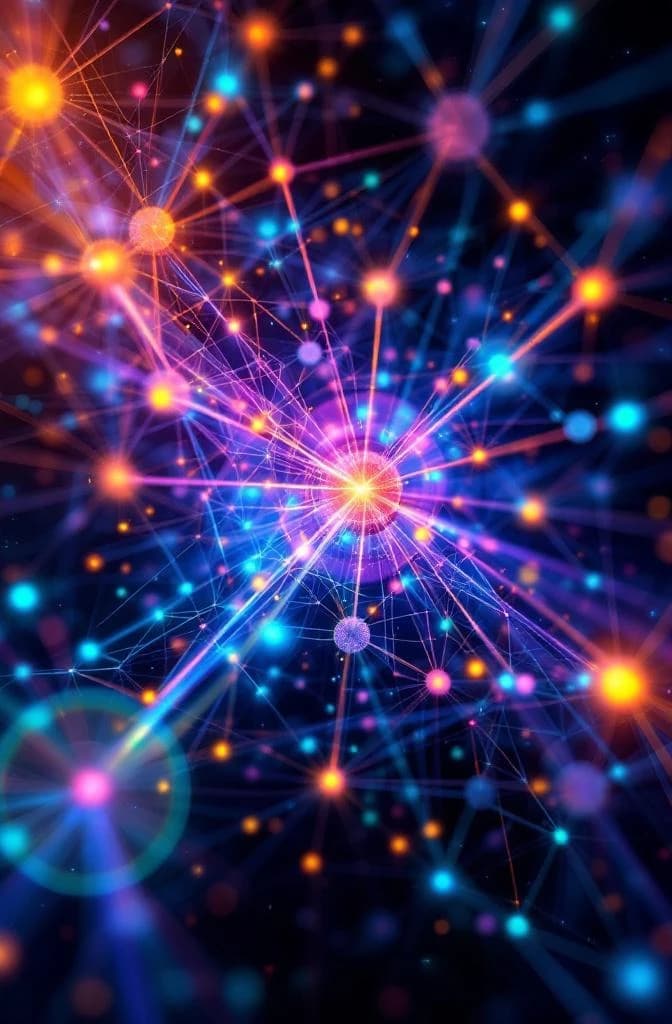
Tensor logic
A framework that encodes symbolic logical structure and operations as tensors and multilinear maps to enable differentiable, distributed reasoning in AI systems.
Tensor logic treats logical symbols, predicates, and composition operators as vectors, matrices, and higher-order tensors so that symbolic structures and inference can be represented, manipulated and learned via multilinear algebra and gradient-based optimization in AI systems. It builds on ideas such as Tensor Product Representations (Smolensky) and low-rank tensor factorization to bind role–filler pairs, perform unification via tensor contraction, and implement logical connectives as parameterized multilinear maps; this gives a continuous, compositional substrate that bridges symbolic reasoning and subsymbolic ML (Machine Learning) models. Practically, tensor logic appears in neurosymbolic architectures, differentiable theorem proving, knowledge-graph embeddings (e.g., RESCAL-style tensor factorization), and tensorized neural networks where high-order interactions encode relational structure. The approach is theoretically linked to linear/monoidal categorial views of logic (where ⊗ expresses composition) and to tensor networks from physics; its main engineering trade-offs are expressivity versus memory and compute, which are commonly addressed with low-rank decompositions, tensor-train formats, or learned multilinear operators that approximate high-order tensors.
First used circa 1990 (Smolensky’s tensor product representation lineage); gained wider traction in the 2000s–2010s with tensor-factorization methods for relational learning and again in the 2010s–2020s as neurosymbolic and differentiable reasoning approaches in AI/ML (Machine Learning) matured.
